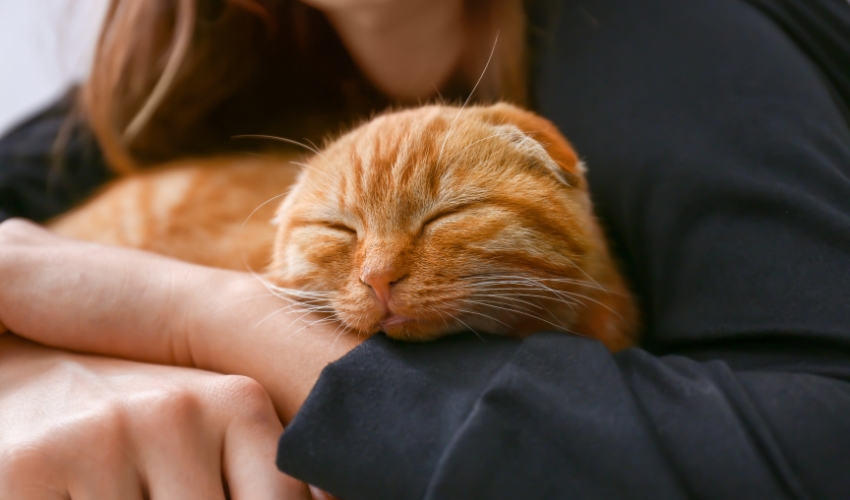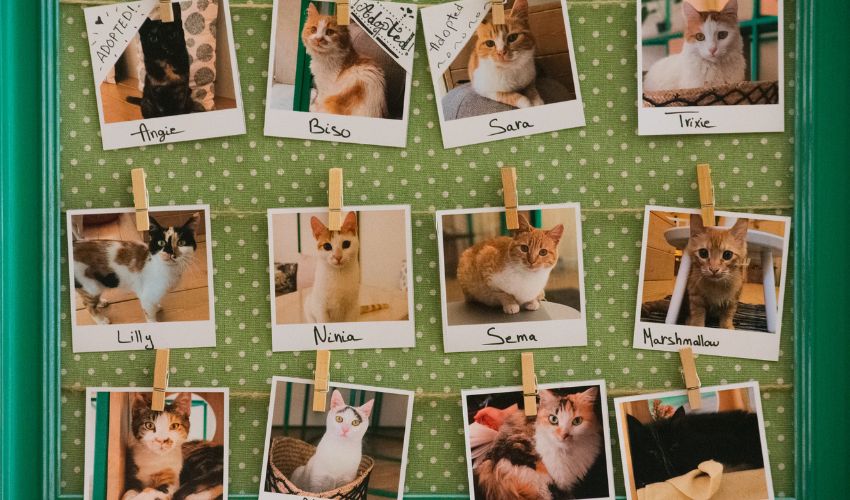Colchicum autumnale, or autumn crocus, is a fascinating flowering plant that adds beauty to gardens and landscapes with its delicate blooms and vibrant colors. However, despite its allure, autumn crocus conceals a dangerous secret—it contains toxic compounds that, if consumed, can be fatal to humans and animals. This introduction lays the groundwork for a closer look at autumn crocus, including its botanical characteristics, cultivation methods, toxic properties, and potential dangers. With a better understanding of this fascinating but dangerous plant, we can admire its beauty from a safe distance and take the appropriate safety measures to protect ourselves and our furry friends.
However, autumn crocuses are deadly in every part, with the highest amounts of toxic alkaloids found in the blooms and seeds. Moreover, the corm is poisonous since it contains 0.05% alkaloids as opposed to 0.2% in the seeds. Nonetheless, the corms are big enough to hold harmful amounts of the alkaloids. Colchicine is the main poisonous alkaloid; it prevents cells from going through their mitotic phase. Colchicine and its related alkaloids bind to tubulin protein and obstruct mitosis in various tissues, interfering with microtubular-dependent cell functions.1 Colchicine is harmful to all animals. Acute colchicine poisoning is characterized by multiple organ failure. Colchicine also significantly reduces the production of catecholamines, insulin, prolactin, and glucose tolerance. Colchicine’s estimated fatal dose is 0.8 mg per kilogram of body weight.
How is Autumn Crocus harmful to your pet friends?
Because colchicine, a strong alkaloid chemical present in the plant’s bulbs, flowers, leaves, and seeds, is present in all sections of the plant, autumn crocus (Colchicum autumnale) is extremely toxic to dogs and cats. Ingesting colchicine can result in severe health issues, including death, as it interferes with cell division and can induce multi-organ failure. Dogs shouldn’t eat autumn crocus for the following reasons:
- Toxicity: Colchicine is a potent toxin that damages the body’s internal organs and systems, including the kidneys, liver, gastrointestinal tract, and bone marrow. Dogs that consume even tiny amounts of autumn crocus may suffer from serious poisoning and perhaps pass away.
- Effects on the Gastrointestines: Dogs that eat autumn crocus may have gastrointestinal symptoms as drooling, vomiting, diarrhea, and abdominal pain. After consumption, these symptoms usually appear a few hours later and can quickly worsen into electrolyte imbalances, dehydration, and bleeding in the stomach.
- Organ Damage: Widespread harm to essential organs including the liver and kidneys can result from colchicine poisoning. If treatment is not received, dogs may experience immediate liver damage (hepatotoxicity) or kidney injury (nephrotoxicity), which could result in either hepatic or renal failure.
- Bone Marrow Suppression: Colchicine inhibits the bone marrow’s ability to produce red blood cells, which lowers platelet counts (thrombocytopenia) and white blood cell counts (leukopenia), as well as causes anemia. Dogs with suppressed bone marrow are more vulnerable to infections, bleeding problems, and weakened immune systems.
- Neurological signs: Dogs experiencing severe colchicine poisoning may display neurological signs such tremors, convulsions, weakness, confusion, and even coma. These neurological symptoms need to be addressed by a veterinarian right now since they are suggestive of central nervous system poisoning.
- The delayed onset of symptoms, which may not appear for several hours after consumption, is one of the difficulties associated with autumn crocus poisoning in dogs. The chance of complications and death may rise as a result of this delay in identification and treatment.
- No Antidote: There isn’t a precise antidote for canine colchicine toxicity. The mainstay of treatment is supportive care, which includes gastrointestinal protectants, intravenous fluid therapy, decontamination, and symptomatic management of sequelae.
Autumn crocus poisoning can be fatal to dogs, so owners must take precautions and keep their dogs away from areas where the plant grows. In the event that a dog ingests autumn crocus or suspects they may have poisoned their dog, they should seek emergency veterinary care to reduce the risk of serious health consequences and to ensure the best possible outcome for the affected dog.
How to manage autumn crocus poisoning on your fur babies?
Fall crocus poisoning in cats and dogs necessitates a multimodal strategy that includes monitoring, disinfection, supportive care, and symptomatic treatment. For the sick pet to have the best chance of recovery and to reduce the danger of major health repercussions, early veterinary care is essential. In the event that owners believe their dog or cat has consumed autumn crocus or is exhibiting symptoms of poisoning, they should contact a veterinarian right once.
Cleanup
- In order to remove the plant material from the stomach of cats and dogs that have recently consumed autumn crocus—within the last one to two hours—trials may be undertaken to induce vomiting. It is not advised to induce vomiting, though, if the pet is already exhibiting symptoms of severe poisoning or if it has been more than a few hours following intake.
- Oral administration of activated charcoal can be used to absorb any leftover toxins in the digestive system and stop them from entering the bloodstream.
Providing Assistance:
- Intravenous Fluid Therapy: Fluid therapy is necessary to sustain renal function, restore electrolyte imbalances, and keep patients hydrated. Intravenous fluids aid in the body’s removal of harmful substances by promoting diuresis and flushing out poisons.
- Gastrointestinal Protectants: To shield the stomach lining and stop bleeding or gastrointestinal ulcers, medications like sucralfate or misoprostol may be given.
- Antiemetics: Anti-nausea drugs can be administered to reduce nausea and control vomiting.
- Symptomatic Management: Medication to treat particular symptoms like pain, seizures, or neurological problems may also be part of the treatment plan.
Severe autumn crocus poisoning in dogs and cats may necessitate hospitalization for close observation and specialized care. Being admitted to a hospital enables veterinary professionals to closely monitor patients and to act quickly in the event of difficulties.
Access to cutting-edge diagnostic procedures and, if required, therapies like dialysis or blood transfusions are also made possible by hospitalization.
Prognosis and Succession:
The amount consumed, the intensity of symptoms, and the promptness of veterinary assistance are some of the variables that determine the prognosis for cats and dogs suffering from autumn crocus poisoning.
Following the acute phase of treatment, the veterinarian may propose follow-up sessions to evaluate kidney function, track the improvement of the cat or dog, and make necessary modifications to the treatment plan.












